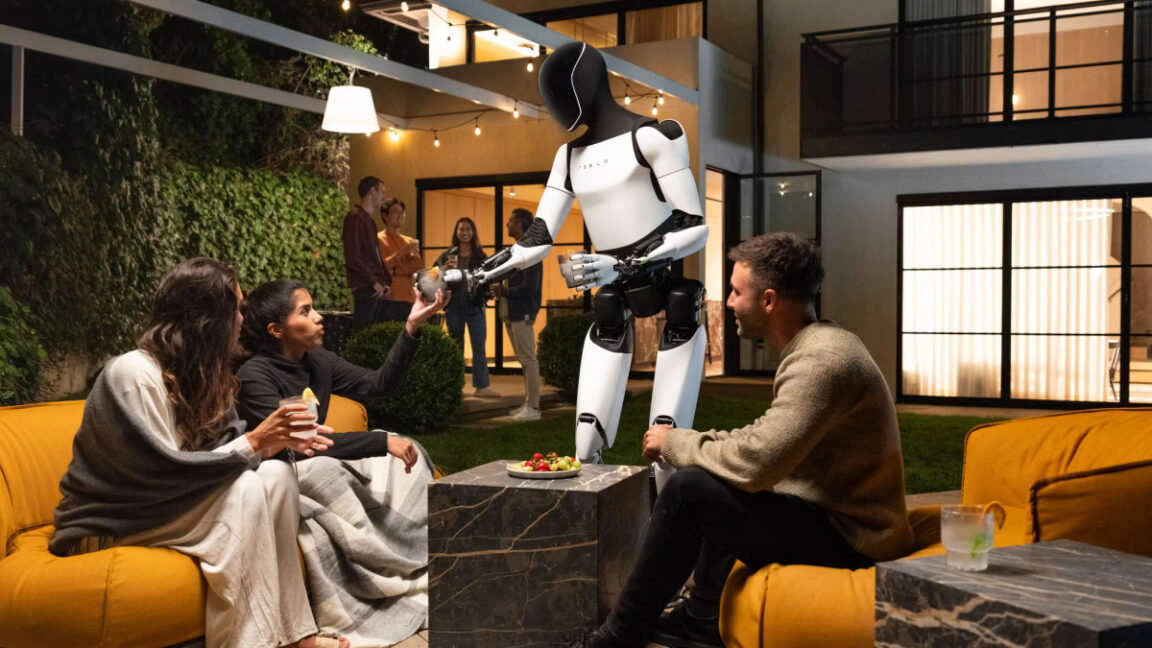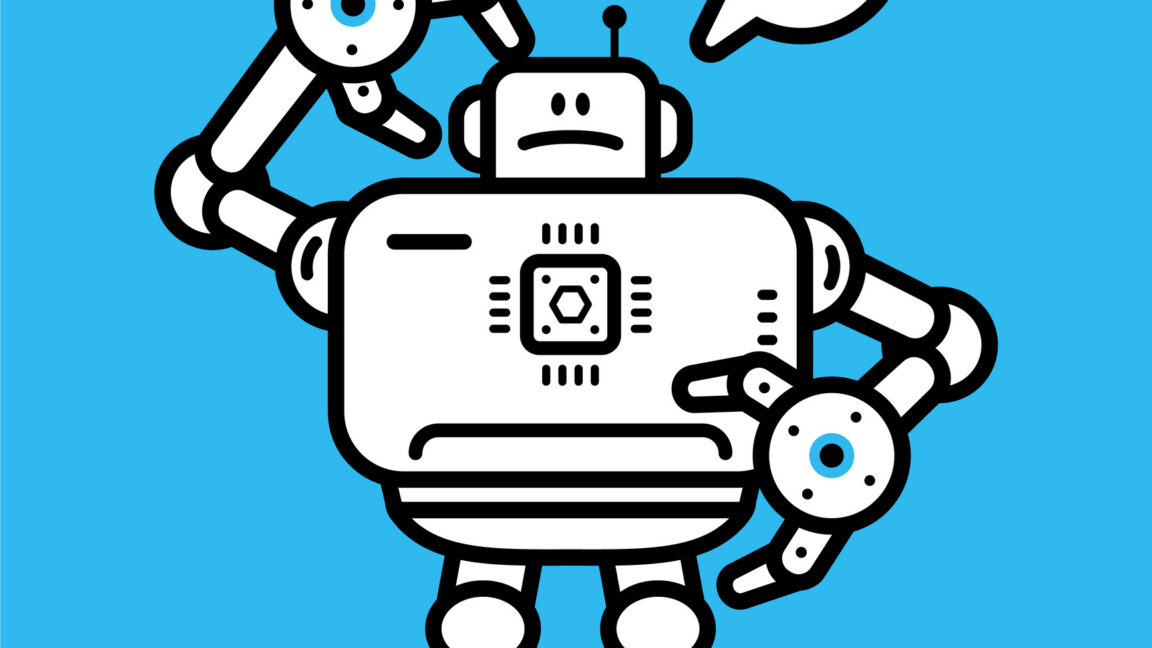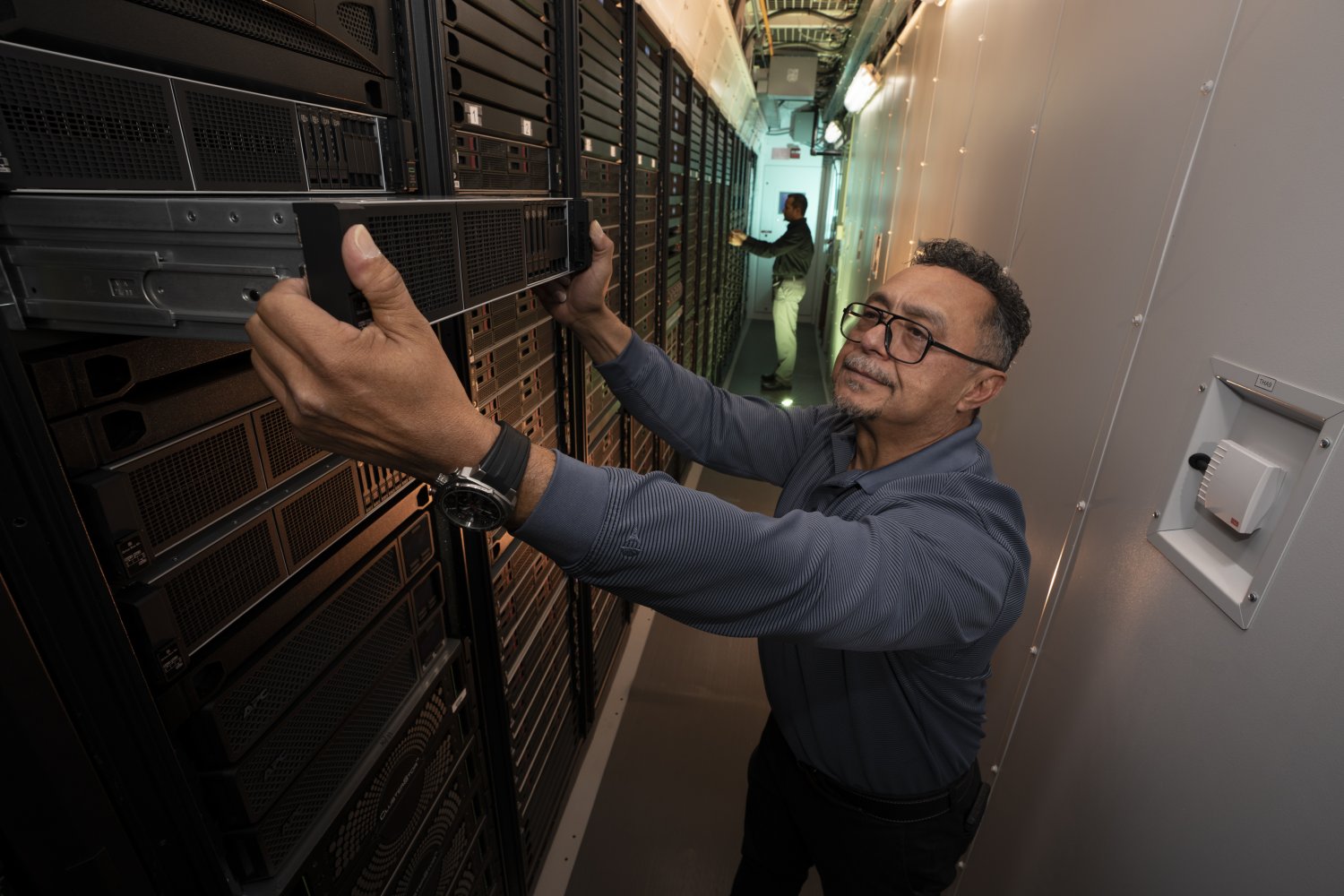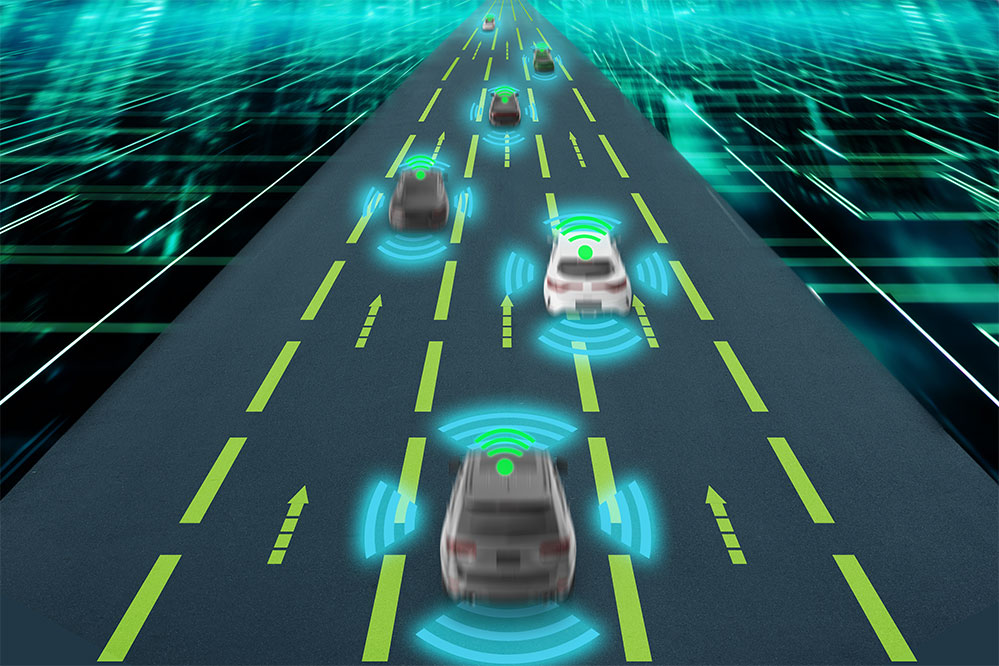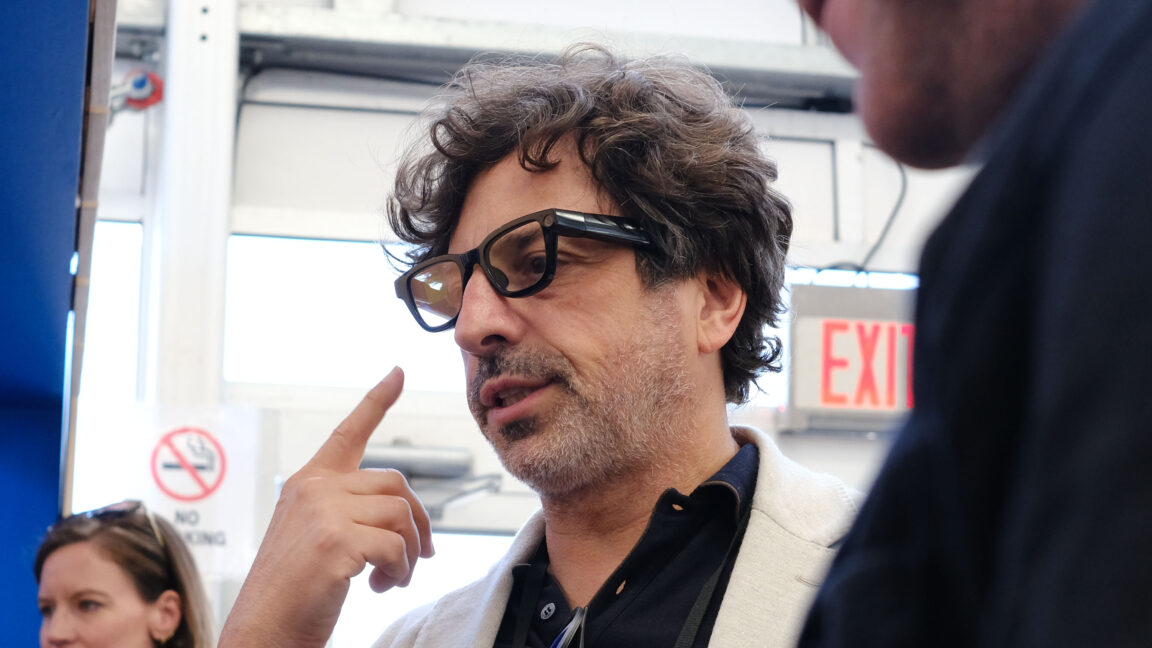Introduction to Humanoid Robots
Humanoid robots are designed to mimic the appearance and movements of humans, but they still have a long way to go before they can safely interact with people in various settings. Rodney Brooks, a renowned robotics expert, shared his concerns about the safety of humanoid robots in a recent post. He recounted being "way too close" to an Agility Robotics Digit humanoid when it fell several years ago, and since then, he has been cautious about approaching these machines while they are walking.
Safety Concerns
The safety problem extends beyond accidental falls. For humanoids to fulfill their promised role in healthcare and factory settings, they need certification to operate in zones shared with humans. Current walking mechanisms make such certification virtually impossible under existing safety standards in most parts of the world. Even in promotional videos from humanoid companies, humans are never shown close to moving humanoid robots unless separated by furniture, and even then, the robots only shuffle minimally.
The Three-Meter Rule
Brooks has a "three-meter rule" when it comes to humanoid robots, which means he keeps a safe distance of at least three meters from these machines while they are moving. This rule may seem excessive, but it highlights the challenges ahead for humanoid robots. The gap between promotional videos and deployable reality remains large, measured not just in years but in fundamental unsolved problems of physics, sensing, and safety.
The Future of Humanoid Robots
Brooks predicts that within 15 years, there will indeed be many robots called "humanoids" performing various tasks. However, they will look nothing like today’s bipedal machines. They will have wheels instead of feet, varying numbers of arms, and specialized sensors that bear no resemblance to human eyes. Some will have cameras in their hands or looking down from their midsections. The definition of "humanoid" will shift, just as "flying cars" now means electric helicopters rather than road-capable aircraft, and "self-driving cars" means vehicles with remote human monitors rather than truly autonomous systems.
Alternative Approaches
The billions currently being invested in forcing today’s rigid, vision-only humanoids to learn dexterity will largely disappear, Brooks argues. Academic researchers are making more progress with systems that incorporate touch feedback, like MIT’s approach using a glove that transmits sensations between human operators and robot hands. But even these advances remain far from the comprehensive touch sensing that enables human dexterity.
Conclusion
In conclusion, while humanoid robots hold great promise for various applications, they still face significant challenges in terms of safety, physics, and sensing. The gap between promotional videos and deployable reality remains large, and it may take several years to overcome these challenges. However, with continued research and innovation, we can expect to see significant advancements in humanoid robots, even if they don’t look like the bipedal machines we see today.
FAQs
- Q: What is the main safety concern with humanoid robots?
A: The main safety concern is their ability to operate safely in zones shared with humans, which is currently impossible under existing safety standards. - Q: What is Brooks’ prediction for the future of humanoid robots?
A: Brooks predicts that future humanoid robots will have wheels instead of feet, varying numbers of arms, and specialized sensors that bear no resemblance to human eyes. - Q: What alternative approaches are being explored to improve humanoid robots?
A: Researchers are exploring systems that incorporate touch feedback, such as using a glove that transmits sensations between human operators and robot hands. - Q: How long will it take to overcome the challenges facing humanoid robots?
A: It may take several years to overcome the challenges facing humanoid robots, but with continued research and innovation, significant advancements can be expected.


